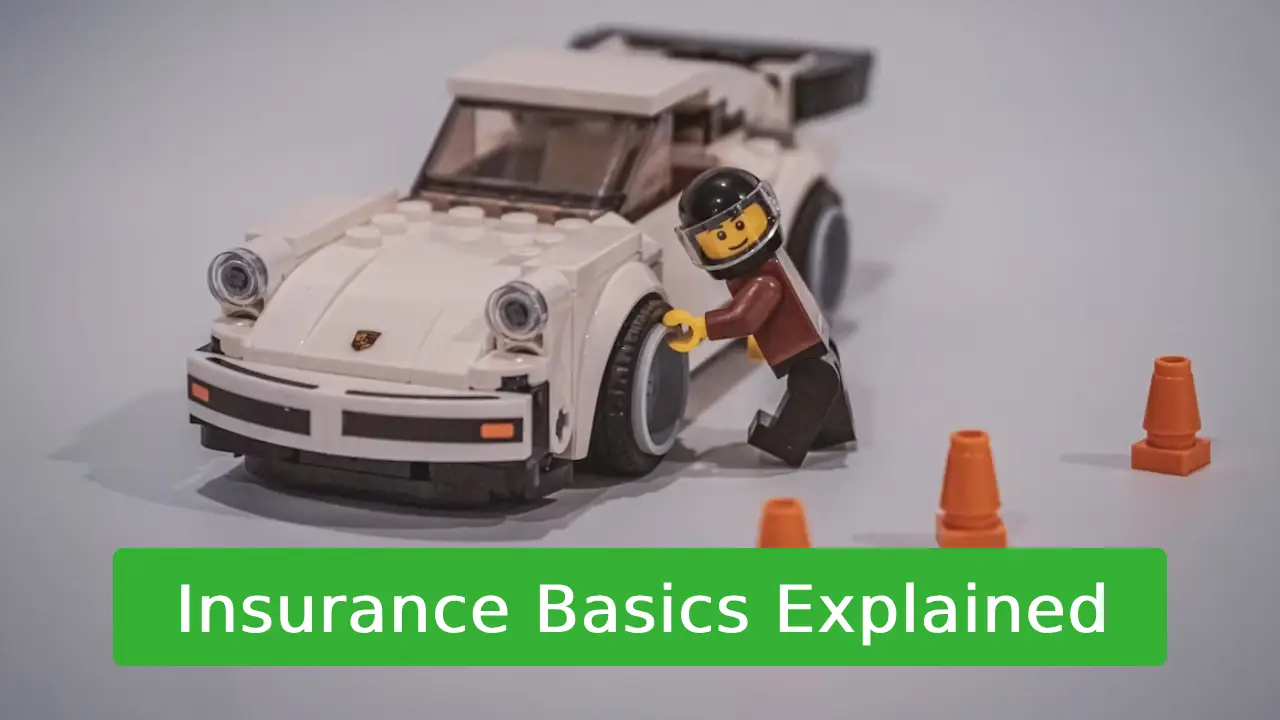Insurance 101: Understanding the Basics (Terminology, How It Works, Why You Need It)
Insurance basics explained simply can transform confusion into confidence. Whether you’re protecting your health, car, home, or future, insurance is your financial safety net against life’s curveballs. This guide breaks down complex jargon, mechanics, and must-know principles—no industry fluff. Let’s demystify insurance together.
What is Insurance? More Than Just a Policy
Insurance is a promise. You pay a small, predictable cost (a premium) to transfer unexpected financial risks—like accidents, illnesses, or disasters—to a company. In exchange, they cover catastrophic costs you couldn’t handle alone. Think of it as a shared safety net: policyholders pool risks, so no one faces ruin alone.
Without insurance, a single crisis could wipe out savings or create lifelong debt. It’s not just paperwork; it’s peace of mind.
Key Insurance Terms Demystified
💡 Premiums: Your Entry Ticket
Your premium is the recurring fee (monthly/annually) to keep coverage active. Factors like age, location, and risk level determine costs. Pro tip: Bundling policies (e.g., auto + home) often lowers premiums.
💡 Deductibles: Your Financial Share
A deductible is the amount you pay before insurance kicks in. For example, a $500 deductible means covering initial costs up to $500 in a claim. Higher deductibles usually mean lower premiums, but ensure you can afford that upfront cost.
💡 Copays: Flat Fees for Services
Common in health insurance, copays are fixed fees for specific services (e.g., $20 for a doctor’s visit). They’re predictable, but watch for hidden costs if services exceed coverage limits.
💡 Coverage Limits: The Protection Ceiling
This is the maximum amount your insurer pays for a claim. For instance, car insurance might cover $50,000 in accident damages. Exceed this, and you cover the rest. Always align limits with potential risks.
💡 Risk Pools: Strength in Numbers
Insurers group policyholders into “risk pools” based on shared risks (e.g., drivers in your city). By spreading costs across the pool, premiums stay affordable even when claims arise.
How Insurance Works: The Engine Behind the Scenes
⚙️ Step 1: Risk Assessment & Underwriting
When you apply, insurers evaluate your risk profile (e.g., driving record for auto insurance). This underwriting process sets your premium.
⚙️ Step 2: Premium Pooling
Your premium joins a collective pool. Statistically, only a fraction of policyholders file claims yearly, funding payouts without draining the system.
⚙️ Step 3: Claims & Payouts
When disaster strikes, you file a claim. Insurers verify it and cover costs above your deductible (up to your coverage limit). Fraud prevention keeps the system fair for everyone.
🔍 Real-Life Example:
Maria’s $200/month health insurance premium includes a $1,000 deductible. After a hospital bill of $10,000, she pays $1,000, and her insurer covers $9,000. Without insurance? Debt for years.
Why You Need Insurance
✅ Financial Survival
On average, a medical emergency costs Americans ~$ $20,000 (KFF, 2023). Insurance shields your savings.
✅ Legal & Social Safety Nets
Auto insurance is legally required in 48 states, and property insurance is required for home loans. Skipping it risks fines, asset seizures, or homelessness.
✅ Mental Freedom
Knowing you’re covered reduces anxiety. Focus on life, not “what-ifs.”
Tailoring Insurance to Your Life
- Health: Covers medical costs. Essential for everyone.
- Auto: Mandatory for drivers; covers collisions, liability.
- Homeowners/Renters: Protects property/theft. Landlords often require it.
- Life: Supports dependents if you pass away. Critical for parents/breadwinners.
📊 Did You Know?
40% of Americans can’t cover a $400 emergency (Federal Reserve, 2022). Insurance bridges that gap.
Avoiding Common Insurance Mistakes
- Underinsuring: “Saving” on premiums but risking massive out-of-pocket costs.
- Ignoring Exclusions: Flood damage isn’t covered in standard home policies—buy add-ons.
- Not Comparing Quotes: Prices vary wildly. Use tools like Policygenius to compare.
